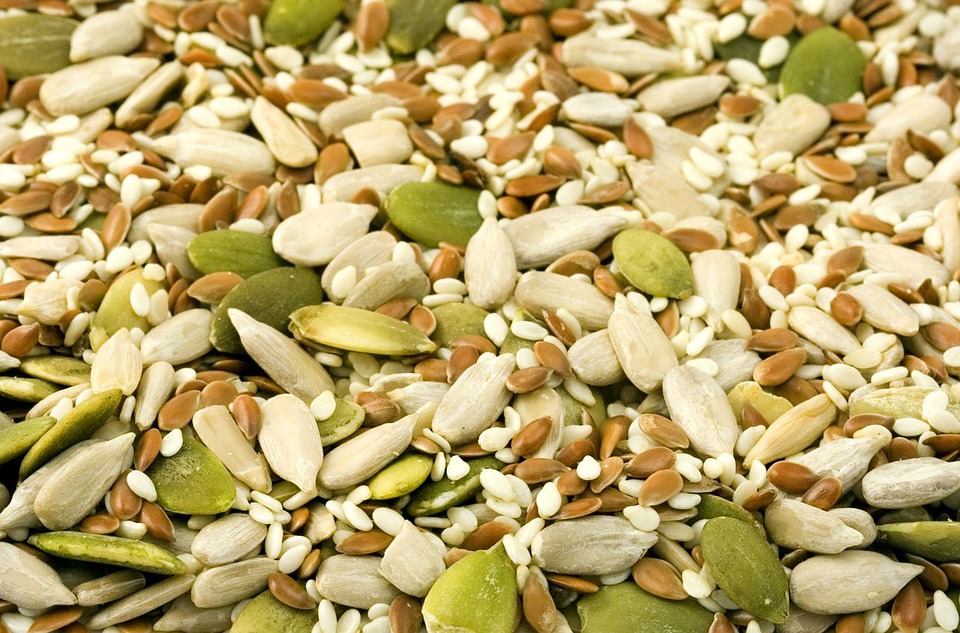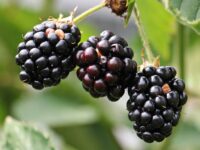810 miles south of the North Pole, 390 feet deep inside Platåberget Mountain, lay 490 million seeds waiting to be planted. At the world’s northernmost airport, there sits only one destination: the Svalbard Global Seed Vault.
Formed in collaboration with the Norwegian government and international non-profit The Crop Trust, the seed vault is a preventative measure to preserve agricultural diversity and protect global food security. Situated upon the frigid Svalbard Archipelago, this arctic agricultural collection is only one of 1,700 biorepositories that store both seeds and unique cuttings of plants known as gene banks. Each gene bank serves as a fail-safe for when war and natural disaster jeopardize the produce of a nation.
The very same reasons that encouraged the creation of seed vaults in general—war, drought, natural disaster—led to one specifically in Svalbard. The Crop Trust felt as if most gene banks were vulnerable to catastrophe and the hope for the future must lie in a remote location, away from public intervention.
The seed vault is a preventative measure to preserve agricultural diversity and protect global food security.
Besides large-scale threats, gene banks are also vulnerable to poor management, faulty technology, and a lack of resources, all of which Svalbard anticipated. While a consistent temperature of -18°C is required for optimal storage of seeds, the permafrost and thick rock of the mountain offers the vault a natural, cost-effective, and soundproof method of cooling. If the electrical mechanisms were to fail, it would take several weeks for the facility to match the -3°C temperature of the surrounding sandstone mountain and two centuries to reach zero celsius. Beyond the mountain, seeds are custom sealed and wrapped in three layers of foil, sealed in boxes, and stored on shelves. Heightened shelter from natural forces keeps seeds in a low-moisture environment while regulating metabolic activity to be minimal, ensuring the longevity of the seeds.
Distant from harm, the Svalbard vault protects 986,243 conserved samples—124,772 of which were deposited by the United States, a top contributor to the bank investing 50 million USD worth of seeds. With a maximum capacity of 4.5 million varieties and 2.5 billion seeds, this international insurance policy is only a work in progress. It will be long before other gene banks can adequately multiply crop stocks and regenerate enough seeds to build the arsenal housed at Svalbard. Hopefully, it will be even longer before we must resort to removing them.






